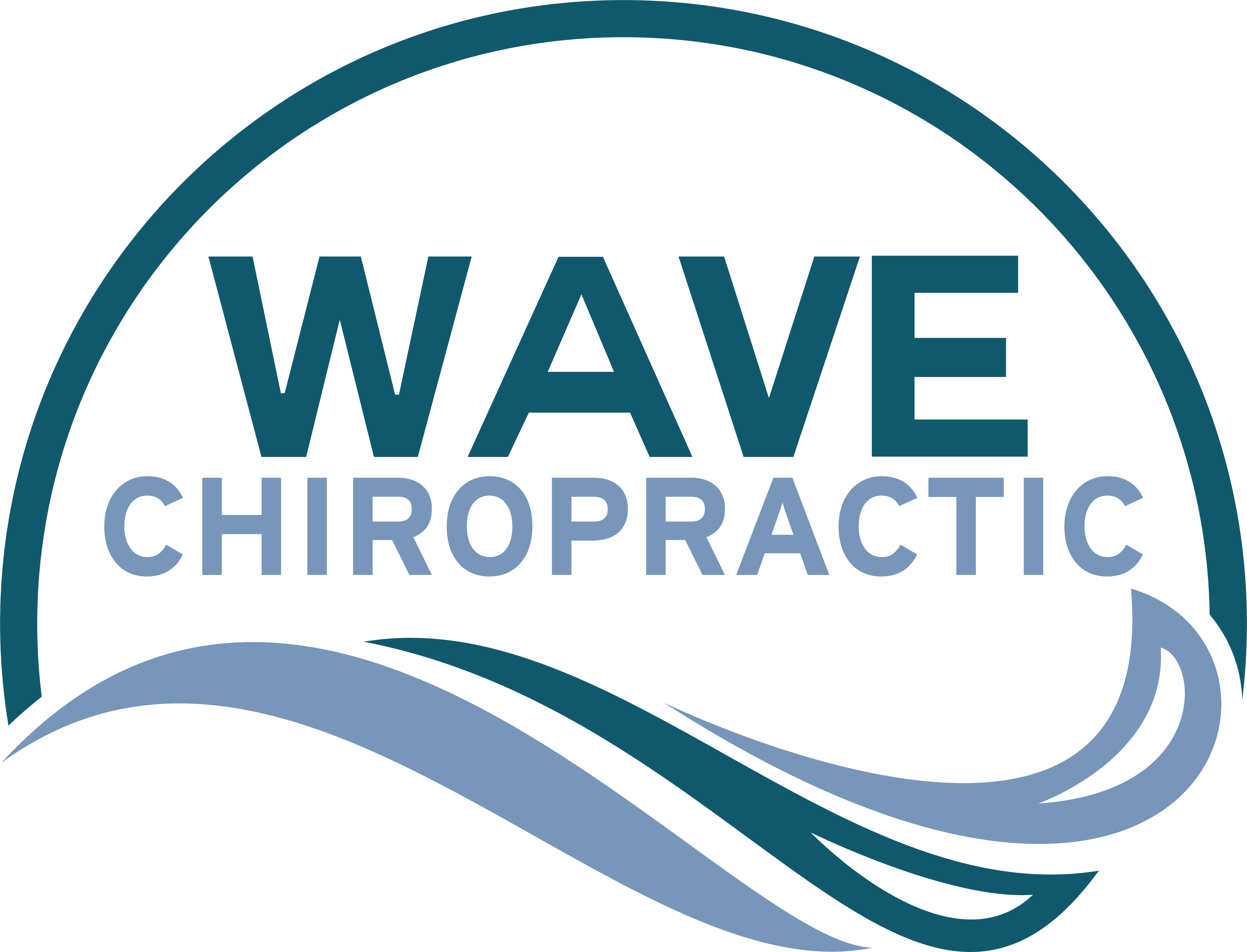If you're tired of the relentless ache of tension headaches, it's time to contemplate how chiropractic care might help you. You might not realize that these headaches often stem from underlying issues like poor posture or muscle tension, which chiropractic adjustments can effectively address. By realigning your spine and relieving stress in your muscles, you could experience significant relief. But what specific techniques do chiropractors use to tackle these headaches, and how can they tailor treatment to your needs? Let's explore the possibilities and see how you can take control of your discomfort.
Understanding Tension Headaches
Tension headaches are one of the most common types of headaches, often described as a dull, aching pain that feels like a tight band around your head. These headaches can make it difficult to concentrate or enjoy your daily activities. You might feel the pain radiating from your neck, shoulders, or even your scalp, creating a sensation that's hard to ignore.
Understanding the nature of tension headaches is vital for managing them effectively. They typically arise from muscle tension, often due to stress, poor posture, or extended periods of sitting. You might notice that your headaches worsen after a long day at work or following an intense workout. Recognizing these patterns can help you address the root causes.
While the pain can be bothersome, it's important to remember that tension headaches are generally not debilitating. Unlike migraines, they don't usually come with nausea or sensitivity to light. Instead, they often linger in the background, nagging at you until you take a moment to unwind.
Pay attention to how your body feels during these episodes. You may find that relaxation techniques, proper hydration, and regular exercise can help alleviate the discomfort. Staying aware of your body's signals can empower you to make choices that reduce the frequency of these headaches.
Common Triggers and Symptoms
Several factors can trigger tension headaches, and identifying these can help you manage your symptoms effectively. Stress is often the main culprit; when you're under pressure—whether from work, relationships, or daily responsibilities—your body tenses up, leading to headaches.
Poor posture is another significant trigger. If you spend long hours hunched over a desk or looking down at your phone, the strain on your neck and shoulders can result in tension headaches.
Inadequate hydration can also play a role. If you're not drinking enough water, your body may react with headache symptoms. Additionally, skipping meals or consuming excessive caffeine can lead to fluctuations in your blood sugar and trigger headaches.
Sleep disturbances, like insomnia or irregular sleep patterns, are common culprits as well. A lack of restorative sleep can leave you feeling more stressed and prone to headaches.
Symptoms of tension headaches can vary but typically include a dull, aching sensation around your head, a feeling of tightness or pressure across your forehead, and tenderness in your scalp, neck, or shoulder muscles.
You might also experience sensitivity to light or sound. These symptoms can last anywhere from 30 minutes to several days, affecting your daily activities.
How Chiropractic Care Works
Chiropractic care focuses on aligning your spine to promote overall wellness.
By using muscle relaxation techniques and targeted pain relief strategies, it helps ease the tension that leads to headaches.
You'll likely find that these methods not only reduce pain but also improve your overall quality of life.
Spinal Alignment Benefits
Proper spinal alignment plays an essential role in alleviating tension headaches and improving overall health. When your spine is aligned correctly, it helps maintain ideal nerve function, which is vital for your body's communication systems. Misalignments, or subluxations, can lead to nerve irritation and muscle tension, contributing to those nagging headaches.
Chiropractic care focuses on restoring this alignment through various techniques, such as adjustments and manipulations. By addressing these misalignments, you can relieve pressure on nerves, reduce inflammation, and improve blood circulation. This not only helps in alleviating headaches but also enhances your overall well-being.
Additionally, correct spinal alignment supports better posture, making it easier to avoid the strain that often leads to tension headaches. With improved posture, you may find that daily activities become more comfortable and less stressful.
In short, maintaining proper spinal alignment through chiropractic care can serve as a powerful tool to combat tension headaches, allowing you to enjoy a more active and fulfilling life.
Muscle Relaxation Techniques
When muscle tension builds up, it can lead to discomfort and headaches, but chiropractic care offers effective muscle relaxation techniques to alleviate these issues. Your chiropractor will assess your specific condition and create a personalized treatment plan that focuses on relieving muscle tightness and enhancing your overall well-being.
One common technique used is spinal manipulation, which helps restore proper alignment and reduces stress on surrounding muscles. As the misalignment is corrected, your muscles can loosen, promoting relaxation.
Your chiropractor may also employ gentle stretching exercises designed to target specific muscle groups, releasing tension and improving flexibility.
In addition, your chiropractor might incorporate soft tissue therapy, such as massage, to directly address tight muscles. This hands-on approach encourages blood flow and helps break down knots that contribute to tension headaches.
You can also practice relaxation techniques at home, like deep breathing or progressive muscle relaxation, to further enhance the effects of chiropractic care.
Pain Relief Strategies
Finding effective pain relief is essential for managing tension headaches, and chiropractic care offers targeted strategies to address the root causes. When you visit a chiropractor, they'll assess your posture, spinal alignment, and muscle tension. Through adjustments, they can realign your spine, relieving pressure on nerves that might be contributing to your headaches.
Chiropractors often use a combination of spinal manipulation, massage therapy, and stretching exercises. These techniques help improve blood flow, reduce muscle tension, and enhance overall function. By incorporating specific adjustments tailored to your needs, you'll likely experience significant reductions in headache frequency and intensity.
Additionally, chiropractors educate you on posture and ergonomic adjustments that can help prevent future headaches. They'll provide you with exercises to strengthen your neck and shoulder muscles, further reducing tension.
Chiropractic care focuses on holistic wellness, addressing not just symptoms but also underlying issues. With regular visits, you can maintain your spinal health and minimize the impact of tension headaches on your life.
Benefits of Chiropractic Treatment
Chiropractic treatment offers several compelling benefits for those suffering from tension headaches. First and foremost, it addresses the underlying causes of your discomfort. By focusing on spinal alignment and overall musculoskeletal health, chiropractic care helps reduce tension in your neck and shoulders, which are often contributors to headaches.
You'll likely notice a decrease in the frequency and intensity of your headaches as a result. Many patients report feeling more relaxed after sessions, thanks to the release of built-up tension. This relaxation can also lead to improved sleep quality, which is essential for overall well-being and headache prevention.
Another significant benefit is the holistic approach chiropractic care takes. Rather than just masking symptoms with medications, which can have unwanted side effects, chiropractors aim to restore balance in your body. This proactive approach encourages your body's natural healing processes, empowering you to manage your headaches more effectively.
Additionally, regular chiropractic visits can enhance your overall health. You may experience improved posture and flexibility, which can further reduce the risk of tension headaches in the future.
Plus, your chiropractor can provide personalized advice on lifestyle changes, exercises, and stress management techniques tailored to your needs.
Treatment Techniques Used
When it comes to treating tension headaches, chiropractic adjustments and soft tissue therapy are key techniques.
You'll find that these methods can help relieve tension and restore balance to your body.
Let's explore how each technique works to alleviate your discomfort.
Chiropractic Adjustments
Many individuals suffering from tension headaches often seek relief through chiropractic adjustments. These adjustments focus on restoring proper alignment in the spine and reducing muscle tension, which can trigger headaches.
When you visit a chiropractor, they'll assess your posture, spinal alignment, and range of motion to identify areas that need attention.
During a chiropractic adjustment, your chiropractor uses specific techniques to manipulate the vertebrae in your spine. This process can alleviate pressure on nerves and improve blood flow, ultimately reducing headache symptoms.
You might experience a gentle thrust or a controlled force applied to your spine, which can provide immediate relief.
Regular adjustments can help maintain spinal alignment, preventing future headaches. Your chiropractor may also recommend a tailored treatment plan that includes adjustments at regular intervals, ensuring lasting results.
Soft Tissue Therapy
If you're dealing with tension headaches, soft tissue therapy can be a game changer. This treatment focuses on relieving muscle tension and improving blood flow, effectively reducing headache symptoms.
Here are some key techniques you might experience during your sessions:
- Myofascial Release: This technique targets the fascia, the connective tissue around muscles, to relieve tightness and improve mobility.
- Trigger Point Therapy: Your therapist will identify and apply pressure to specific points within a muscle, helping to release knots and alleviate pain.
- Deep Tissue Massage: Focusing on deeper layers of muscle and connective tissue, this method can help release chronic tension and improve overall function.
- Stretching Techniques: Gentle stretches can enhance flexibility and reduce muscle tightness, making it easier to manage headache triggers.
What to Expect in Sessions
In your chiropractic sessions for tension headaches, you'll find a personalized approach designed to address your specific needs. Your chiropractor will begin with a thorough assessment, which includes discussing your symptoms, medical history, and any lifestyle factors contributing to your headaches. This helps them create a tailored treatment plan just for you.
During your first session, expect to undergo a physical examination where your chiropractor will check your posture, spine alignment, and muscle tension. They'll identify areas of restriction or tightness that could be causing your headaches. This hands-on evaluation is essential for pinpointing the root cause of your discomfort.
Once the assessment is complete, your chiropractor will begin your treatment. This may include spinal adjustments, soft tissue therapy, or other manual techniques aimed at relieving tension in your neck and shoulders. You might also receive advice on exercises or stretches to perform at home, further enhancing your recovery.
As you progress through your sessions, your chiropractor will monitor your response to treatment, adjusting your plan as needed to guarantee peak results. You'll likely notice improvements in your headache frequency and severity, as well as an overall enhancement in your well-being.
Integrating Chiropractic Into Care
Integrating chiropractic care into your overall treatment plan for tension headaches can greatly enhance your recovery journey. When you combine chiropractic adjustments with other therapeutic methods, you're more likely to experience long-lasting relief.
Here's how you can effectively incorporate chiropractic care into your routine:
- Regular Adjustments: Schedule consistent chiropractic sessions to address misalignments in your spine that may contribute to tension headaches. These adjustments help alleviate muscle tension and improve blood flow.
- Complementary Therapies: Work with your chiropractor to identify other therapies that can enhance your results. Techniques like massage therapy, physical therapy, or acupuncture can work synergistically with chiropractic care.
- Lifestyle Modifications: Your chiropractor might suggest ergonomic changes in your workspace or daily activities to reduce strain on your neck and shoulders. Implementing these adjustments can prevent future headaches.
- Exercise and Stretching: Incorporate specific exercises and stretching routines recommended by your chiropractor. Strengthening your neck and shoulder muscles can help support your spine and reduce headache frequency.
Conclusion
Don't let tension headaches control your life any longer. By seeking chiropractic care, you'll tackle the root causes of your pain and enjoy lasting relief. With personalized treatment plans and effective techniques, you'll not only reduce the frequency of your headaches but also enhance your overall wellness. Take the first step toward a headache-free life today—experience the benefits of chiropractic care and regain your comfort and confidence. You deserve to feel your best!

